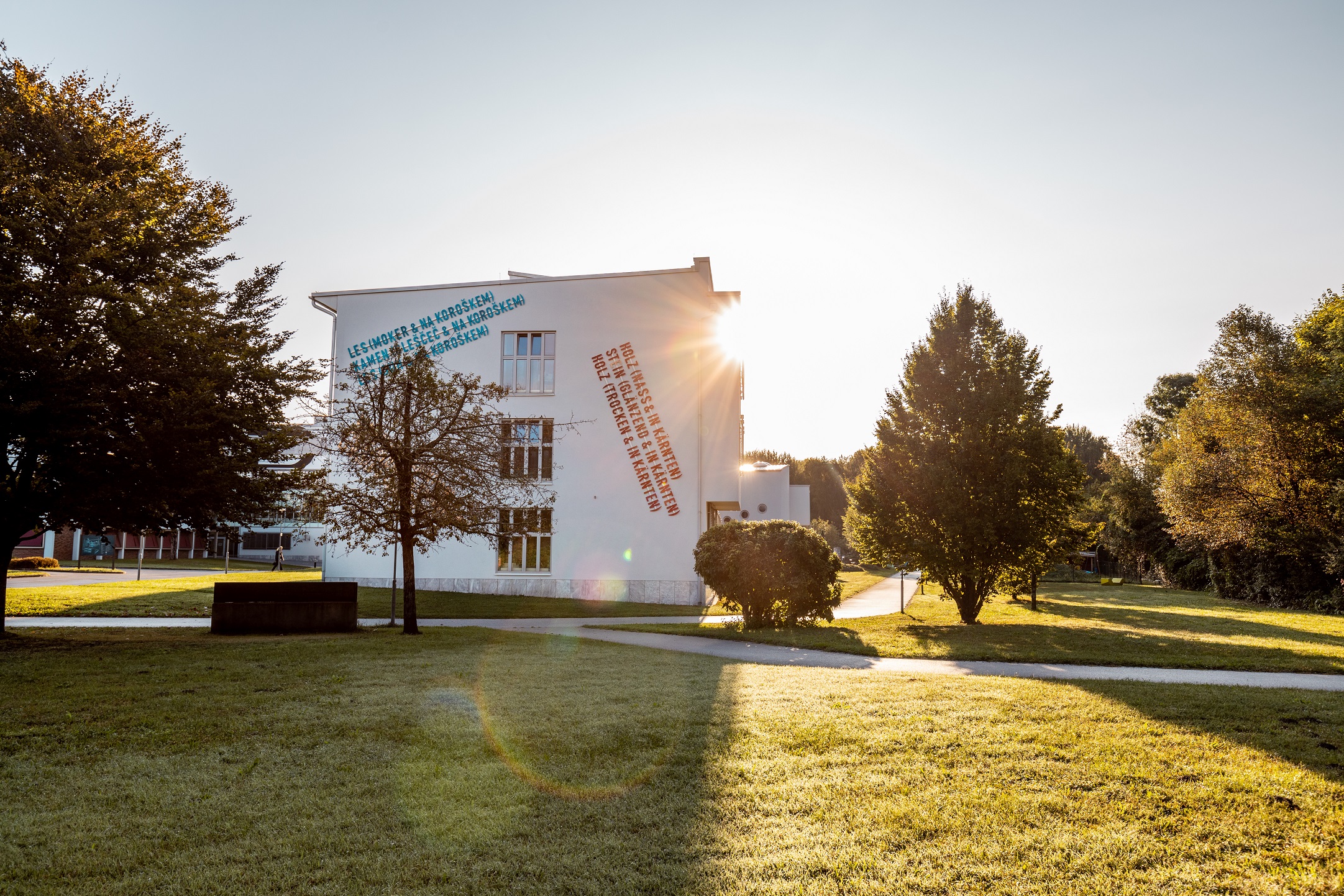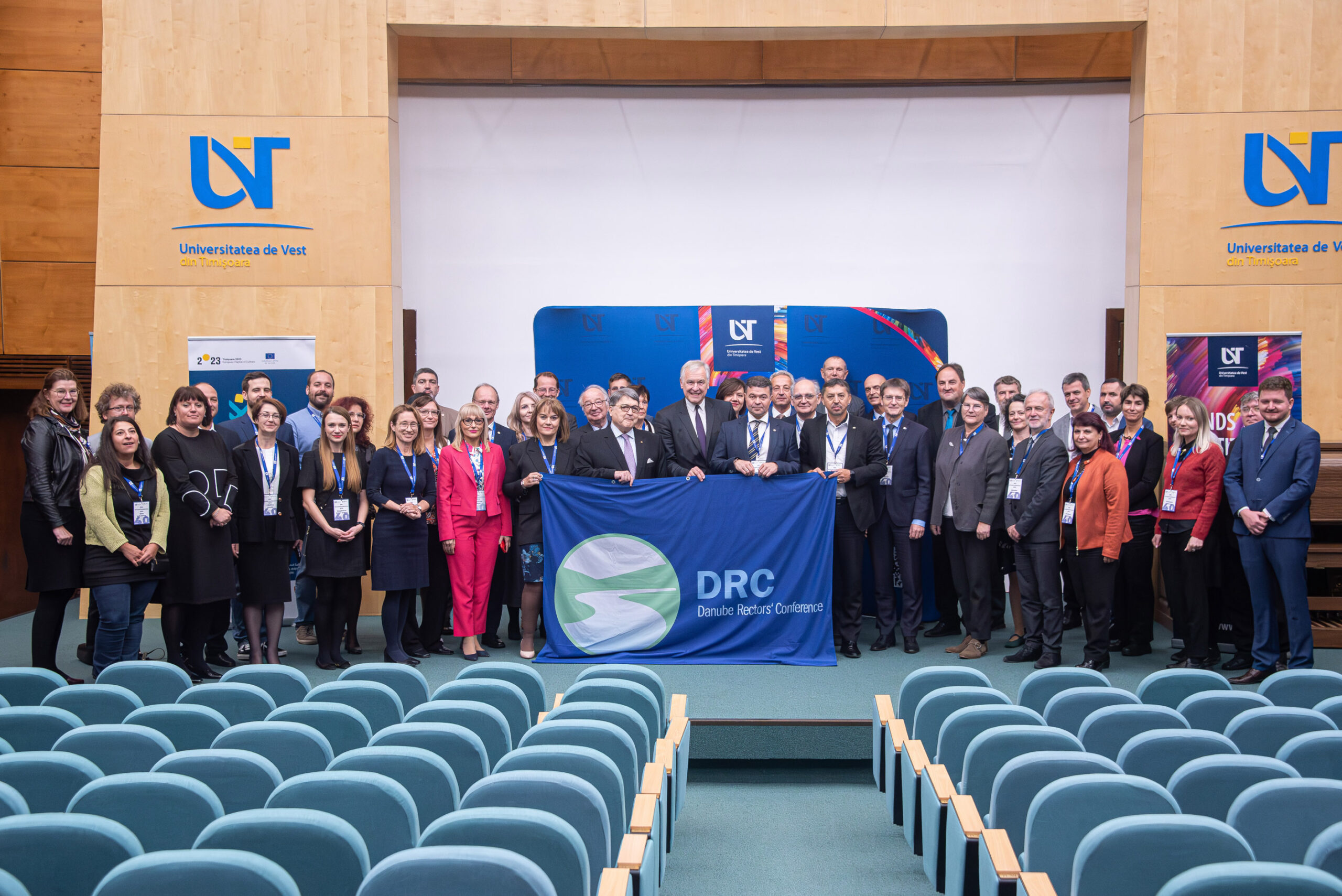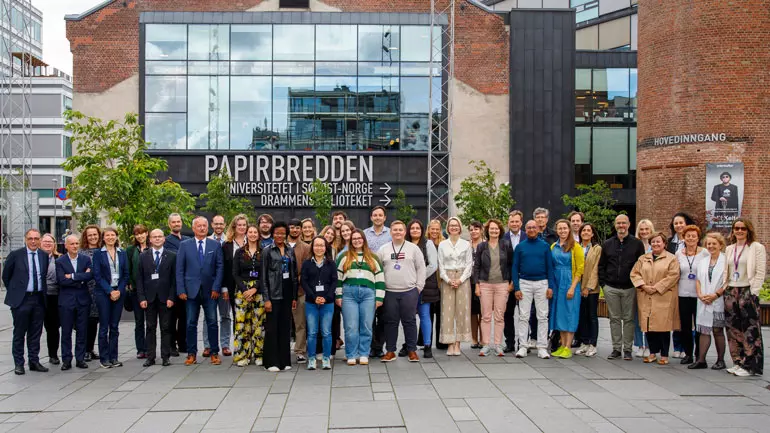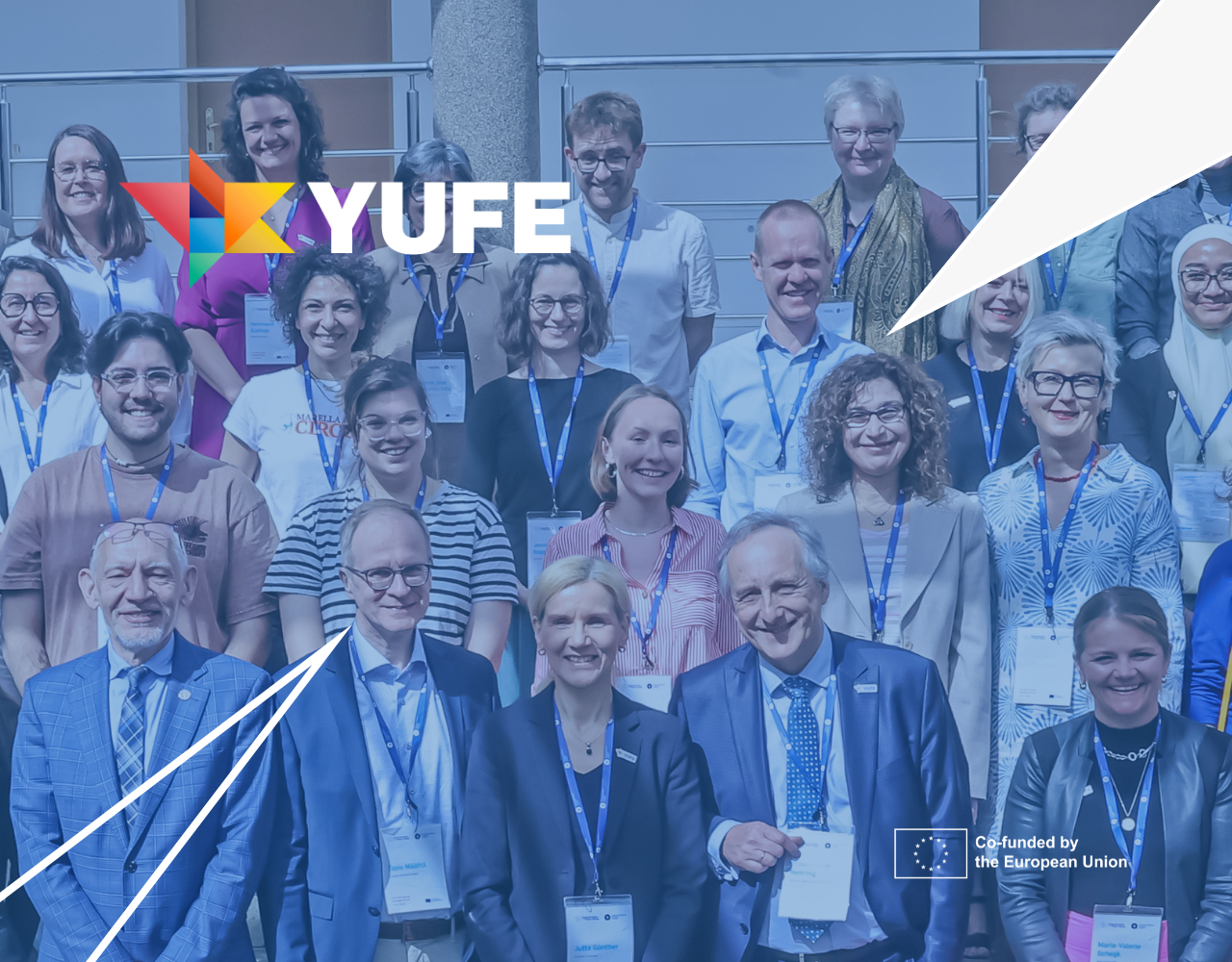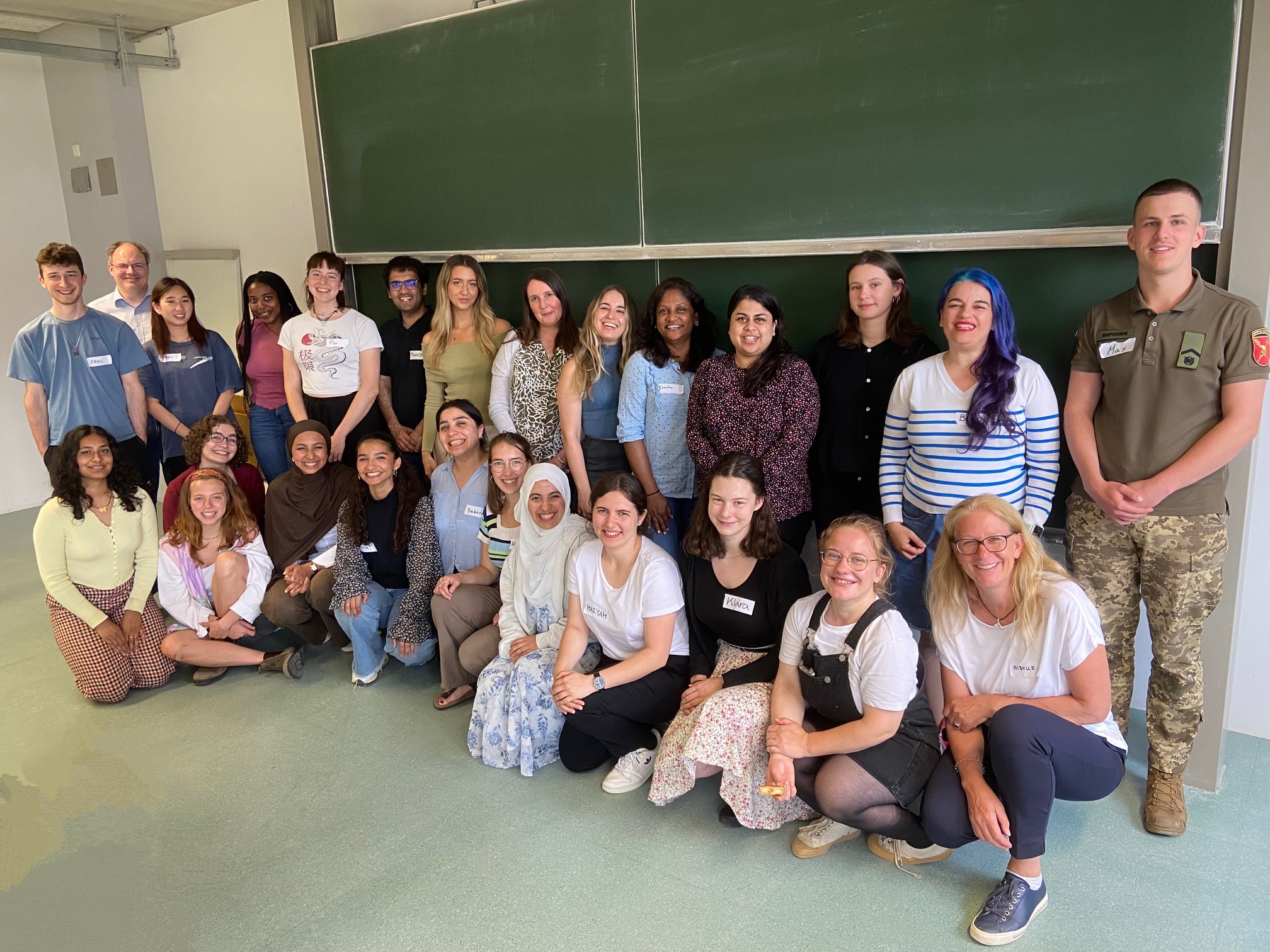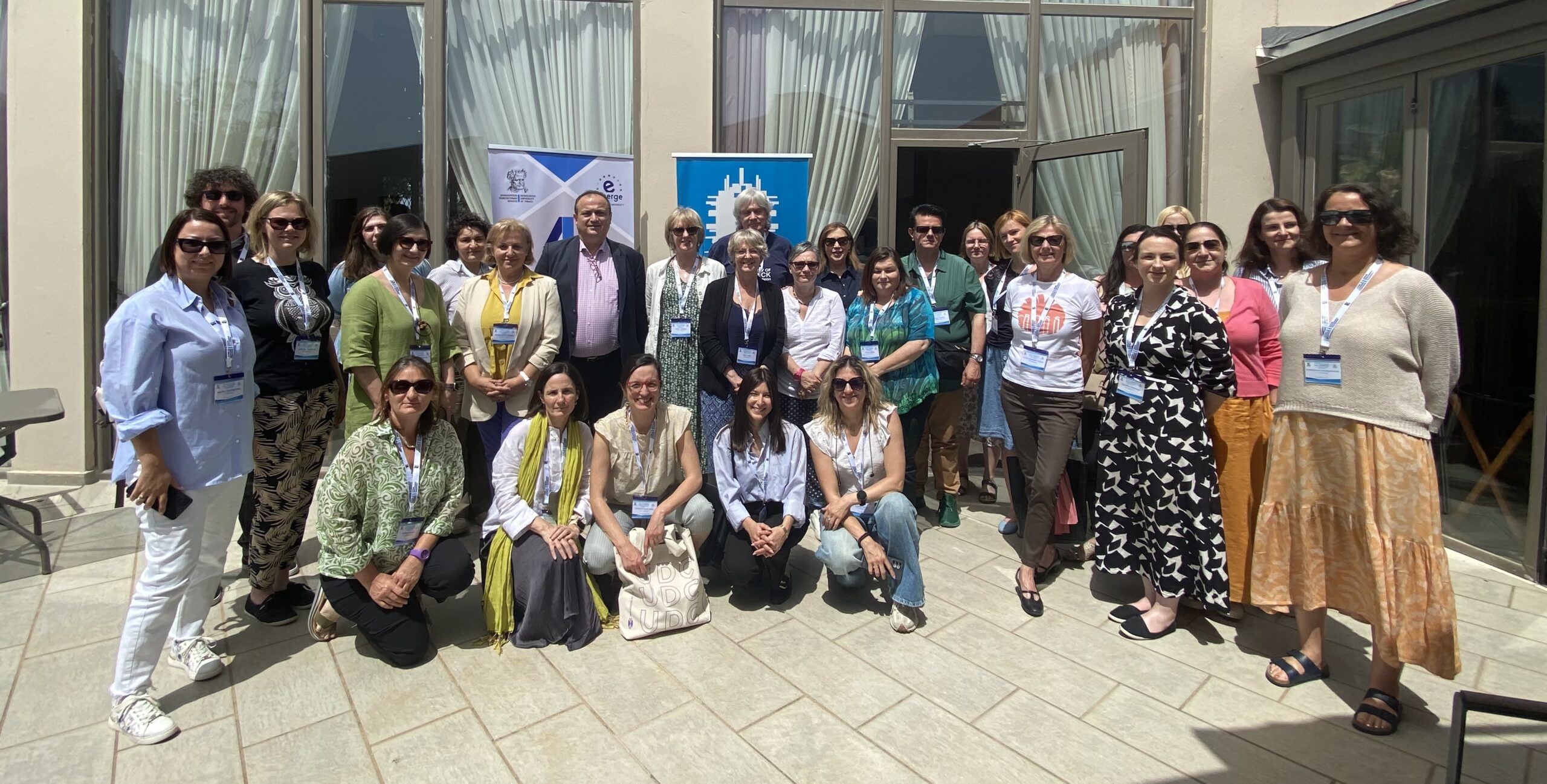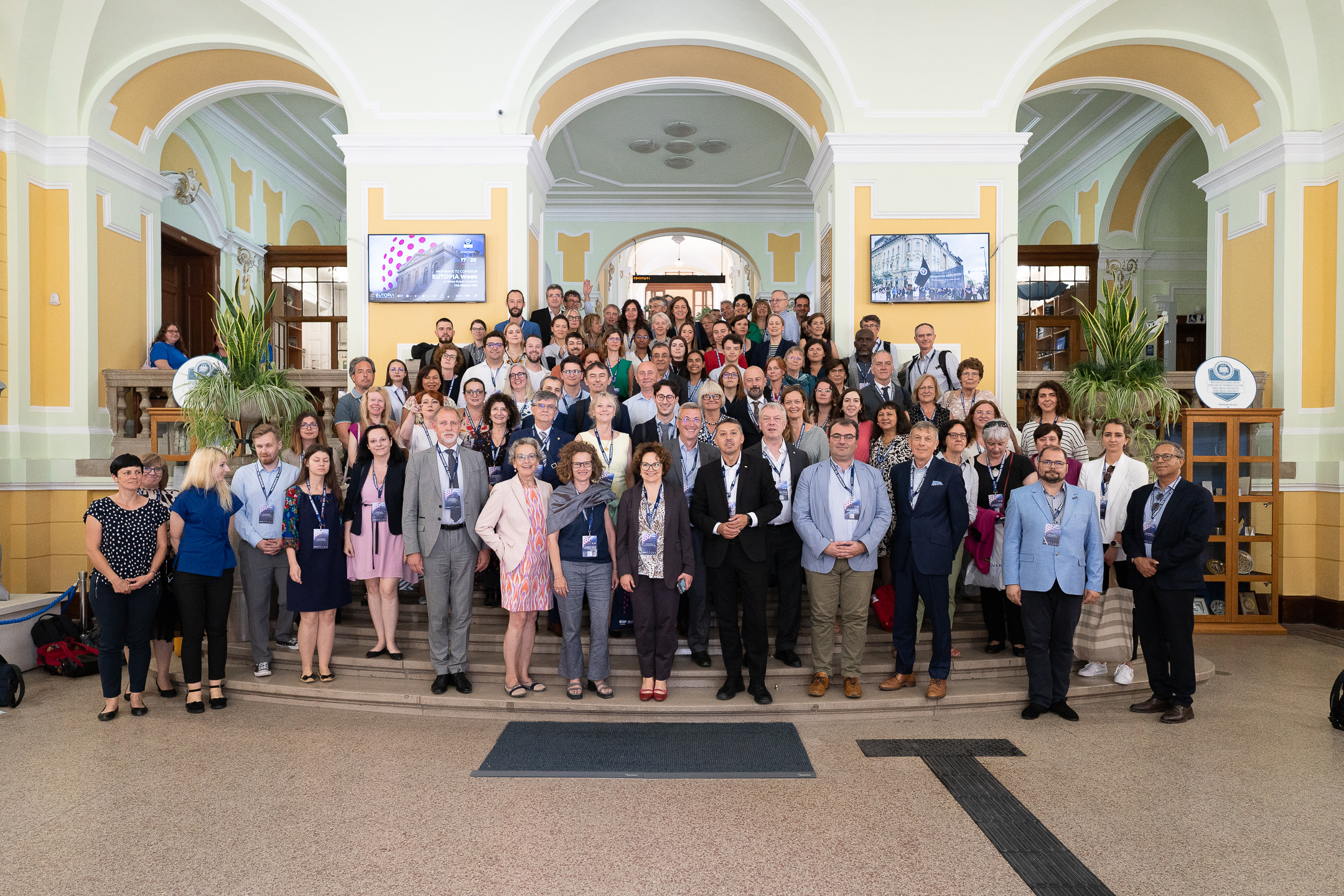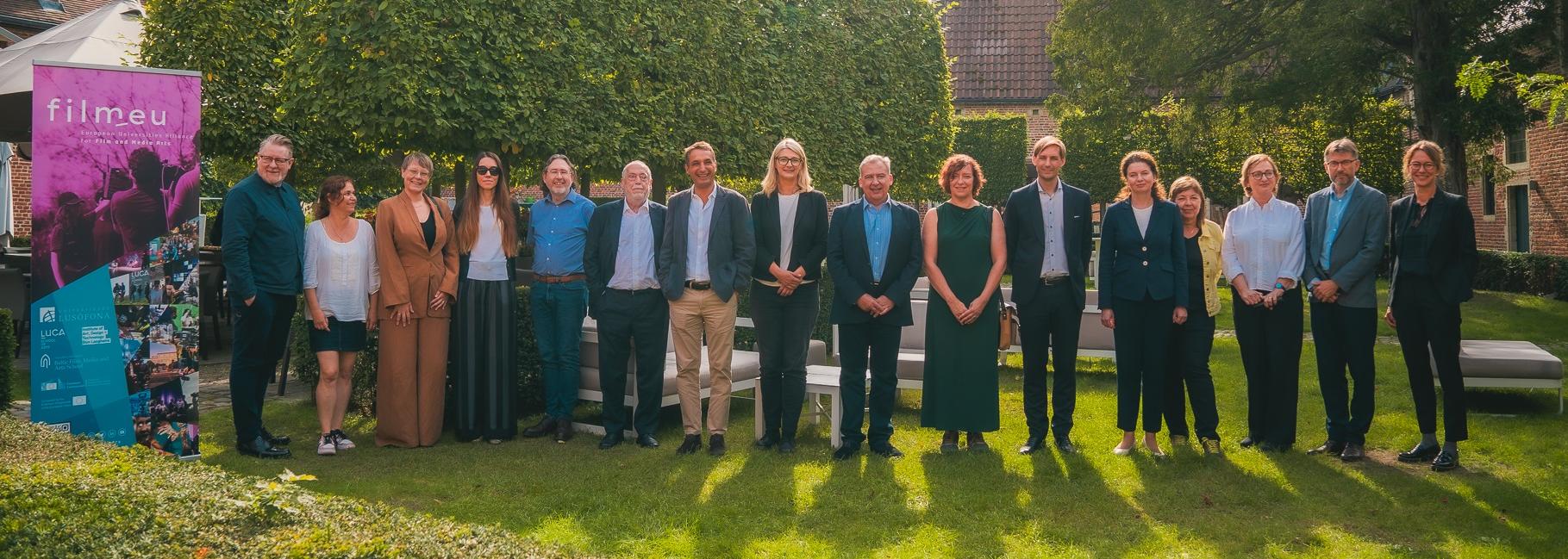A core tenet of University of Limerick’s Research Strategy ‘Wisdom for Action’ is championing excellent research and contributing towards global challenges.
Researchers are intrinsically motivated to find answers to some of the world’s greatest challenges. To find these answers, it is essential to preserve a spirit of curiosity and openness underpinned by rigour.
They need to be inspired and stay curious!
One such researcher is Dr Eoghan Cunnane, a lecturer in Biomedical Engineering and Principal Investigator at the Bernal Institute, a research centre in UL’s Faculty of Science and Engineering.
Having received his PhD from UL in 2015 Eoghan [pronounced Owen] was subsequently awarded a Marie Curie Global Fellowship.
This afforded him the opportunity to transition his expertise from tissue characterisation to tissue engineering and modelling at the University of Pittsburgh in the United States and the Royal College of Surgeons in Ireland.
He was then awarded a Biotechnology and Biological Sciences Research Council Fellowship to characterise cancerous tissue at Imperial College London.
Dr Cunnane is also the co-founder of startup company, Class Medical, developed out of UL to commercialise a patented device that improves urinary catheter safety.
Eoghan is a recipient of the European Research Council Starting Grant, meaning he has the resources to lead his own team of researchers as they investigate the causes of male infertility.
He is Principal Investigator on the RE3MODEL project (Representative, Reliable and Reproducible In Vitro Models of the Human Testes).
“Sperm concentration has dropped somewhere in the region of 50% since records began in the 1970s, and the pace of decline has actually increased since the year 2000,” Eoghan explains.
“Traditional dogma will tell you that couples’ infertility is solely the responsibility of the female, but responsibility is actually closer to 50/50 between men and women. This research will examine the differences at a cell and tissue level between men who can and cannot produce sperm.”
Part of Eoghan’s research will involve evaluating existing treatments for infertility in men with nonobstructive azoospermia, i.e. men whose testicles do not produce sperm.
“The treatments that are currently available for this are empirical, meaning that there is no mechanistic understanding or scientific basis for the choice.”
Eoghan’s work initially focused on urological research and examining its interactions with the anchoring balloon of a urinary Foley catheter, which is inflated in the bladder to keep the catheter in place while it drains urine.
“The balloon inflates in the bladder so you can’t accidentally remove it, but it’s a blind procedure and what can happen in some cases is the balloon is accidentally inflated in the urethra and this can lead to all sorts of complications.
“We wanted to characterise the tissue to understand how we could develop safety mechanisms to avoid this from happening. We worked with pig tissue in order to determine what was the pressure threshold within the system that would allow us to prevent damage.
“We found out that 150 kilopascals was the limit above which damage started to occur and we were able to develop a device based on this value,” he outlined.
Once the experiment had been verified on animal tissue, it had to be tested on human tissue and this tissue was sourced from gender reassignment surgeries. Once it had passed this test it was trialled on patients.
“When I was working on this project, I was aware that our collaborator not only removed the urethra during gender reassignment surgery, but they also removed the testicles as well. This was an opportunity to work with whole human testicles and motivated me to move into the field of fertility.”
With his latest project, Eoghan and the team will characterise the properties of testicular tissue and then try to accurately represent the tissue in a state of health and disease, outside the body. In order to do this, they will create a pre-clinical model which will induce the human tissue and cells to become as close as they can to their ‘in vivo’ state or how they would behave in the body.
UL’s strategic approach is to embed the UN Sustainable Development Goals across every facet of university life, to ensure deep and meaningful engagement and alignment across the entire organisation.
In responding to grand challenges, we have seen new research areas within and across disciplines emerge to make significant contributions for social good such as psychology, energy, data science and advanced materials.
Our strong academic disciplines provide the foundations upon which these contributions are made.
.
For more information about UL, click University of Limerick Research


